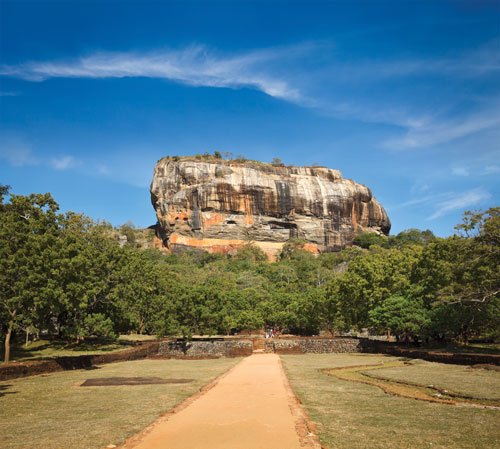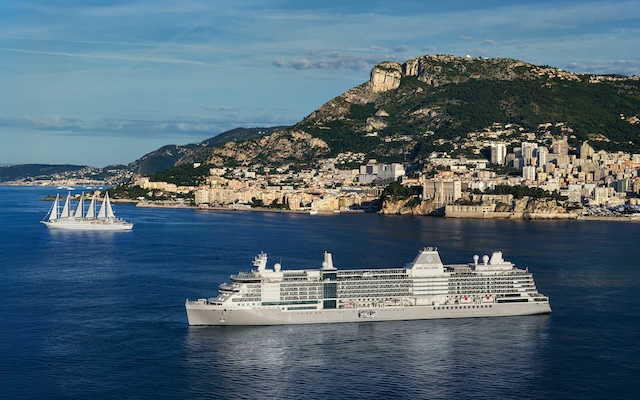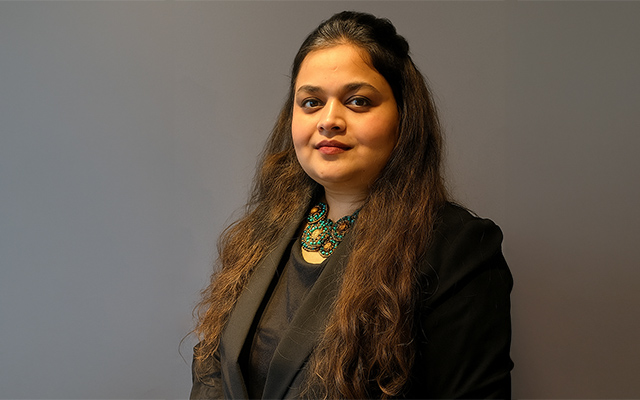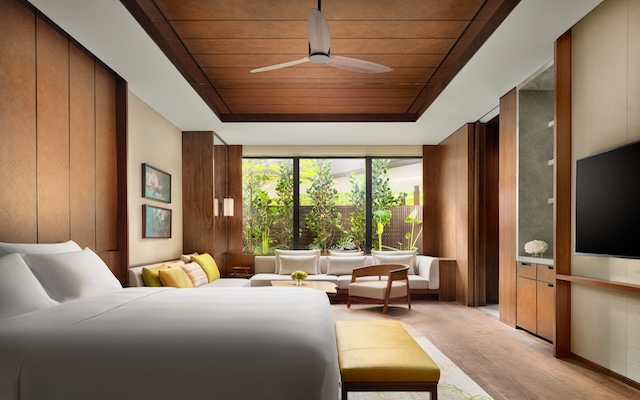Jacked-up entrance fees for foreign visitors are also hurting local travel operators

Tourists and tourism players in Sri Lanka are lamenting the country’s tiered pricing system that charges foreign visitors inordinately more than locals to enter national parks, and cultural and heritage sites.
“This is a serious issue we have had for many years,” said Dirk Grigson, an industry veteran and chairman of the 2016 Tourism Fair organised by the Sri Lanka Association of Inbound Tour Operators.
“We did a survey three to four years ago and found this is far too expensive for visitors (compared with other regional rates),” he commented, adding that it costs US$17 to visit India’s Taj Mahal versus US$35 to enter and climb the Sigiriya rock palace in Sri Lanka.
Furthermore, entry rates at the Buddhist Temple of the Tooth in Kandy was recently raised to Rs1,500 (US$10) from Rs1,000 for tourists, while locals are charged half the price, he said.
Travel operators said it would cost between US$150-200 per person to visit all the best-known sites in Sri Lanka, a significant sum for visitors.
“Why should they charge tourists to visit religious places if some of them go there (for) worship?” an anonymous industry official challenged.
Disagreeing, Dharma Dharmapala, CEO of Lanka Sportreizen, an adventure agency, said rates in Sri Lanka are generally in line with international rates. The biggest problem, he opined, is the lack of infrastructure at Sri Lankan attractions.
“There are no proper toilets, restaurants and rest facilities. Vendors in the vicinity charge exorbitant rates for food and drinks,” he pointed out.
Other common grouses of the trade are sudden hikes in entry rates and the depreciating value of the local currency.
“When sudden increases are made, we have to bear the additional costs as overseas DMCs which contracted months ahead refuse to pay the increase,” said an agent, who stressed that tourism authorities are not acting in line with industry trends and practices.
However, the depreciation of the local currency could also mean lesser fees to pay for some foreign visitors.
For example, entry into Sigiriya has remained at Rs3,900 per person over the past two years. This was equivalent to US$30 a year ago, but the rupee depreciation has brought the fee down to US$26 (at press time).
Industry players are not calling for a single-fee-for-all approach however.
“That might not be a viable solution because of varied needs. What the industry wants is reasonable site rates not much more than the local rate and good facilities,” said an veteran industry member who declined to be named.
This article was first published in TTG Asia, May 6, 2016 issue, on page 26. To read more, please view our digital edition or click here to subscribe.



















